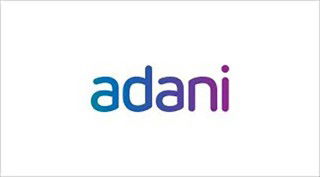For decades, most Asian business leaders have dismissed concerns about the global environment . Such attitudes are starting to change. As they become integrated into the global trading system, big Asian companies are increasingly called to account over environmental and labour standards by foreign partners and customers. Chief executives, meanwhile, are confronted daily with direct evidence of environmental damage, including toxic smog in cities such as Beijing and Hong Kong.
At a discreet meeting today in Singapore, chief executives of some of the biggest companies with operations in Asia will go a step further. Members of the exclusive Asia Business Council (ABC) will hear David Griggs, a British climate expert, explain the threats posed to the region by global warming, including potentially drastic changes to Asian temperatures and rainfall patterns in the coming decades. Business leaders will also be reassured by company chiefs in high-polluting industries that it is possible to adopt green policies and still make money.
Bertrand Collomb - who heads the French building materials group Lafarge and chairs the World Business Council for Sustainable Development - is expected to show how multinational groups can lead the way, even in "dirty" industries such as cement-making. When it builds new plants, Lafarge applies the same emissions standards in developing countries as it does in Europe or the US, and it aims to reduce carbon dioxide emissions per tonne of cement by 20 per cent between 1990 and 2010.
Mr Collomb says two-thirds of China’s cement kilns are of an old-fashioned and inefficient design not seen in Europe for decades. Replacing them would save energy and allow economic growth to proceed without a proportionate growth in energy use and carbon dioxide emissions. "Often these are not technologies that are secret or patented," he says. "These are in the public domain."
